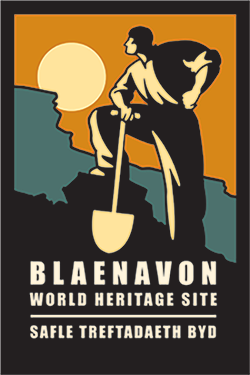Civic life
Many of Blaenavon’s shopkeepers took a leading role in public life. They served in local government, helping manage the affairs of the growing town. Some sat as magistrates, hearing cases at Blaenavon’s Police Court.
Businessmen were also the driving force behind the setting up of important amenities such as the waterworks, the gasworks, streetlighting and the fire service – all of which were needed by local businesses. A chamber of trade was also formed to fight for the interests of local traders.
“When I arrived in Blaenavon in 1830, there were no roads fit for any vehicle, only five chapels, four shops, five public houses and very few cottages [south-east] of the works.”
Local pioneer John Griffith Williams on opening the new town hall in 1862.

